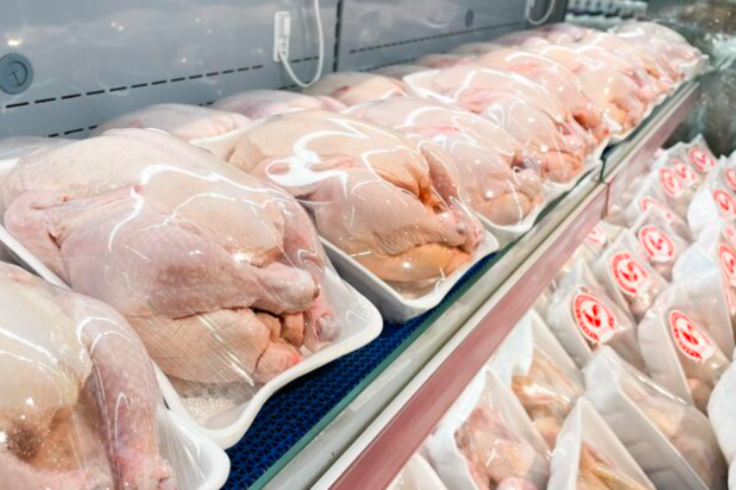US Thanksgiving Panic Looms: Turkey Supply Falls to Lowest Level Since 1985, Sending Prices Up by 40%
Thanksgiving shoppers face rising costs as avian flu hits supply across key states

The United States is entering Thanksgiving with its smallest turkey supply in 40 years. The decline has pushed wholesale prices sharply upward, and industry experts say the situation reflects deeper weaknesses in the national food system.
The American Farm Bureau confirmed that only 194.5 million turkeys were raised commercially in 2025. This represents a 3 percent decrease from 2024 and the lowest figure since 1985. Officials attribute the decline to the highly pathogenic avian influenza that has circulated since 2022. Fresh outbreaks this month affected more than 514,000 birds, according to an analysis from Axios.
The virus continues to move quickly through turkey-producing states, which include Minnesota and Iowa. Farmers have been required to cull infected birds to halt transmission. This has reduced flock sizes further and created long-term uncertainty for producers who already face high feed costs and labour shortages.
Wholesale Turkey Prices Rise by 40 per cent
With fewer birds available, wholesale prices have climbed steeply. Data from the US Department of Agriculture shows that frozen turkeys now average £1 ($1.32) per pound, compared with £0.71 ($0.94) last year. Reporting from WebProNews confirms that the increase amounts to roughly 40 per cent, making it one of the largest price jumps ahead of Thanksgiving in recent years.
Some retailers are offering promotional discounts by selling frozen Butterball turkeys for under £0.71 per pound. However, farmers say these savings do not reflect the true cost of production. High-end producers such as Diestel Family Turkey Ranch report retail prices near £7 ($9.25) per pound. Heidi Diestel told The New York Post that stores often use turkeys as a loss-leading tactic to attract customers during the holiday season.
Retailers and Farmers Brace for Supply Chain Strain
Industry leaders say that supply pressures extend throughout the market. Major producers like Butterball and Cargill have reduced output to manage disease risks. Feed costs remain elevated, and quarantine requirements have slowed operations. The New York Times has also highlighted delays in federal coordination due to the ongoing government shutdown, which has made rapid containment efforts more difficult for farms.
Despite these problems, demand continues to hold steady. Americans consume around 46 million turkeys during Thanksgiving each year, and CNET reports that mid-sized birds in the 12 to 16-pound range may be the most difficult to find due to smaller flock sizes.
Industry Considers Long-Term Solutions to Outbreaks
Turkey producers are experimenting with several strategies to limit future disruptions. Some companies are expanding vaccination trials, while others are increasing investment in genetic breeding for greater resistance to illness. Many producers are also diversifying their supply chains by sourcing from regions unaffected by the flu.
Experts say that long-term stability will require stronger national monitoring and faster response capabilities. Policymakers are considering proposals to increase funding for disease surveillance in future amendments to the Farm Bill.
Thanksgiving Shoppers Urged to Buy Early as Prices Climb
Although retailers are trying to keep holiday costs manageable, shoppers may feel the effects of reduced supply. Smaller turkeys may sell out quickly, and prices could vary widely between regions. Analysts recommend buying early to avoid shortages and to take advantage of promotional pricing before demand peaks.
The current situation reveals how vulnerable the US food system can be during widespread outbreaks. Farmers, retailers, and policymakers agree that future resilience will depend on more diversified production, stronger safeguards, and improved public health coordination.
© Copyright IBTimes 2025. All rights reserved.




















